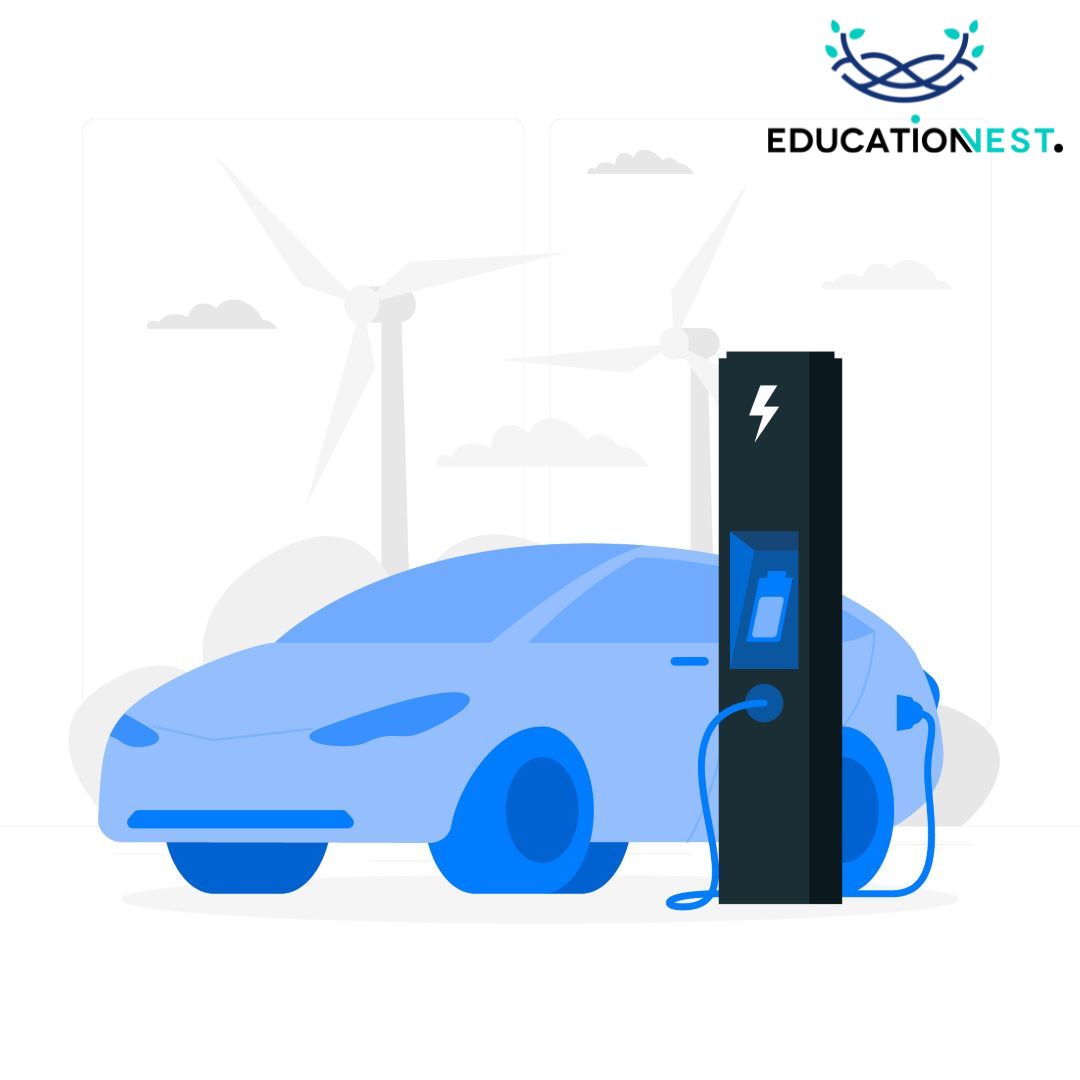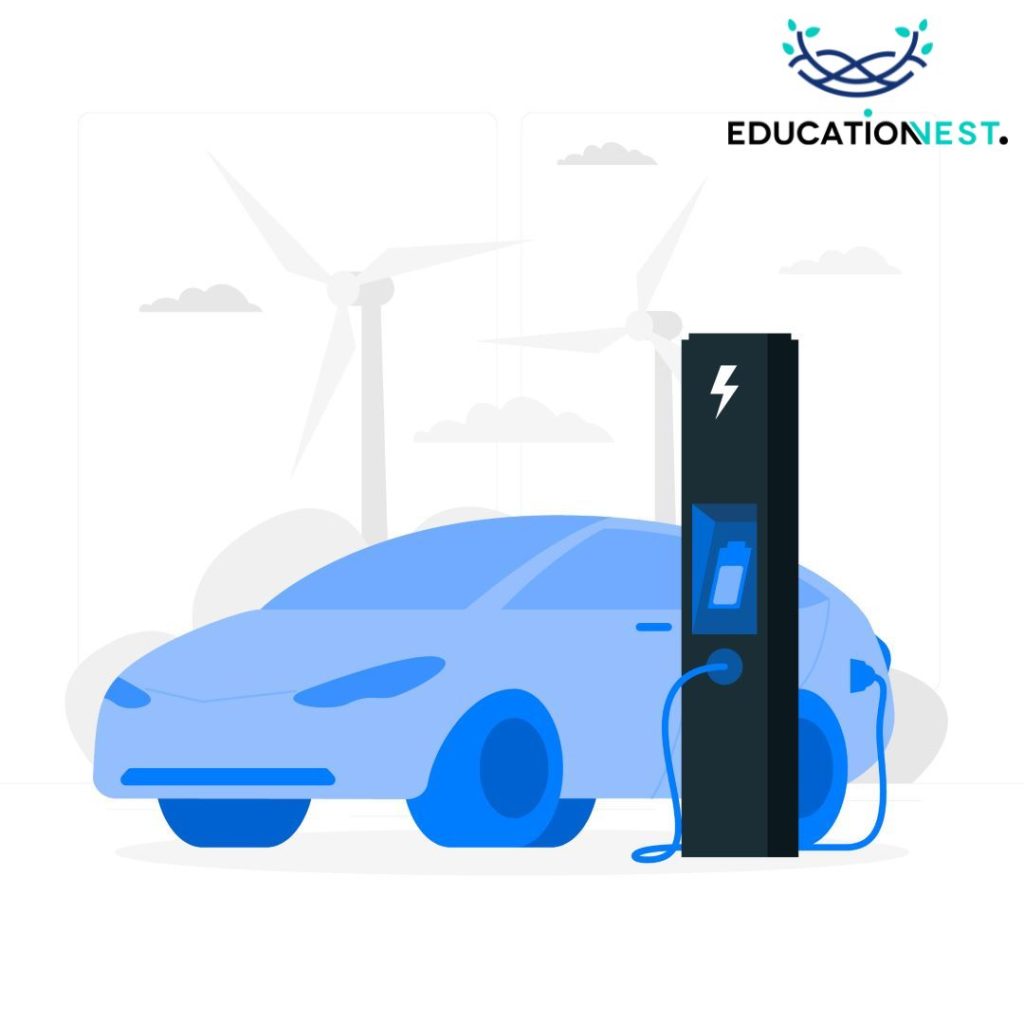
Electric vehicles are becoming more and more common on our streets, which is a big change in our environment. This rise in popularity can be attributed to a number of things, such as growing worries about the environment, government incentives, and constant improvements in technology. Conventional EV charging stations are an important part of this transition, but a new and innovative technique called battery swapping is becoming more popular. In this blog post, we will look at battery swapping as a way to charge electric cars that is different from and in addition to plugging them in. We’ll look into its benefits, talk about its problems, and see if it has the potential to change the EV business in a big way.
The Emergence of Electric Vehicles
Electric vehicles have made significant strides since their inception. Initially viewed as a niche market, EVs have now garnered broad recognition. Consumers are opting for EVs not just because of their environmental benefits but also due to their impressive performance, reduced operational; expenses and government incentives. This surge in demand has underscored the need for an expansion of EV charging infrastructure, often referred to as Electric Vehicle charging facilities.
Electric Vehicle Charging Infrastructure

Electric vehicle charging stations are a key part of getting more people to buy electric cars. These facilities can be set up in different ways, with Level 1, Level 2, and DC fast chargers that are all designed for different charging speeds and uses. Still, using these stations usually means waiting, especially during rush hours, which can be inconvenient for people who drive electric cars.
Challenges with Electric Vehicle Charging
As the number of electric vehicles on the road continues to increase, several issues have become evident within the existing EV charging system:
- Charging Duration:When using Level 1 or Level 2 chargers, it can take a long time to charge an electric car. This long downtime can be inconvenient for EV users who use their cars to get to work every day.
- Range Concerns: The fear of running out of power before reaching a charging station, known as range anxiety, remains a significant worry for many potential EV buyers, even with the availability of faster charging options.
- Insufficient Charging Infrastructure: Despite the growth of EV charging networks, they are not yet as prevalent as traditional gas stations, which can present challenges, especially in rural or less developed areas.
- Congestion During Peak Hours: During periods of high demand, such as peak hours, EV charging stations can become crowded, leading to extended waiting times and frustration for electric vehicle owners.
Battery Swapping as a Remedial Approach
Switching batteries is a creative way to deal with these problems. Instead of charging the battery of an electric car, battery swapping involves switching a dead battery with a fully charged one at a station designed for that purpose. This method is much faster than the old ways of charging, and it usually only takes a few minutes.
Advantages of Battery Swapping
- Reduced Wait Time: By switching batteries, it takes a lot less time for an electric car to give up its power source. This quick turnaround time is especially helpful for businesses with teams of electric vehicles and for people going on long-distance trips.
- Mitigation of Range Anxiety:Along highways and other major routes, battery swapping points can be placed in a way that makes range anxiety less of a problem. This makes it easier for people with electric cars to plan long trips with security.
- Enhanced Accessibility: Establishing battery swapping is generally more straightforward compared to developing conventional charging infrastructure. This accessibility factor makes electric vehicle adoption more viable, even in remote or unreserved areas.
- Convenience: Battery swapping makes things easier for people who own electric cars because they don’t have to wait for the car to charge. It’s as easy as filling up a gas car at a regular gas stop.
Also Read:
Everything you need to know about Tesla Cars
Categories of Electric Vehicles Suited for Battery Swapping
Battery swapping is particularly well-suited for specific categories of electric vehicles:
- Electric Taxis:Taxis often have tight schedules, and battery swapping lets them stay on the road without having to stop and charge for long periods of time.
- Delivery and Commercial Vehicles:Battery swapping can help delivery trucks, vans, and other commercial vehicles get back on the road quickly, which will improve their working efficiency.
- Electric Scooters and Bicycles: Smaller electric vehicles with smaller batteries, like scooters and E-bikes, are perfect for battery changing because their batteries can’t hold as much power.
Difficulties in Implementing Battery Swapping
Although battery swapping presents numerous benefits, it is not devoid of its share of challenges:
- Standardization: For battery swapping to be widely used, all electric vehicle makers must use the same battery design and the same standards.
- Infrastructure Investment: Setting up a network of battery swapping stations requires a lot of money and careful planning.
- Effects on the environment: There is still a lot of worry about the effects on the environment, especially when it comes to recycling and getting rid of old batteries. To solve this problem effectively, you need to put in place the right ways to recycle.
- Acceptance by Consumers: For battery swapping to be widely used, electric car owners need to be sure that it is safe, reliable, and cost-effective.
Conclusion
In conclusion, battery swapping has the potential to change the electric car industry by solving the problems that come with the way EVs are charged now. Even though it might not be able to completely replace charging stations, it can be a useful addition to the existing infrastructure and offer a convenient and effective option, especially for certain types of electric vehicles like taxis and commercial fleets.
As the market for electric vehicles continues to grow, it’s likely that battery swapping technology will get better, leading to more standards and easier access. This change is likely to make it easier for people and businesses to buy electric cars in the future, making them a more appealing and doable choice for both.

